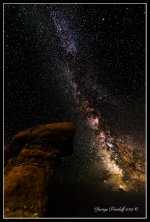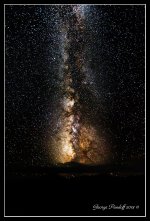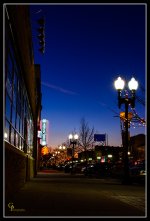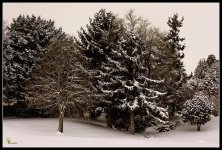Leaving for Yellowstone and had planned on shooting some Milky Way photos. However, the weather does not look like it will be cooperating. I did rent a Tokina 16-28 for the purpose of shooting the stars and figured since I had a clear night for the first time in a long while I might as well try it out since Yellowstone stars doesn't look likely.
Right off the bat I can say the difference in long exposure and high ISO noise to my D7100 is nothing short of astounding. So here is a quick shot in the highly light polluted suburbs. I did adjust for the horrible lights but did no noise reduction.
D600; 25.0 sec; f/4.0; ISO 1250; Focal length 16mm (but the exif says 28mm?)

Right off the bat I can say the difference in long exposure and high ISO noise to my D7100 is nothing short of astounding. So here is a quick shot in the highly light polluted suburbs. I did adjust for the horrible lights but did no noise reduction.
D600; 25.0 sec; f/4.0; ISO 1250; Focal length 16mm (but the exif says 28mm?)




